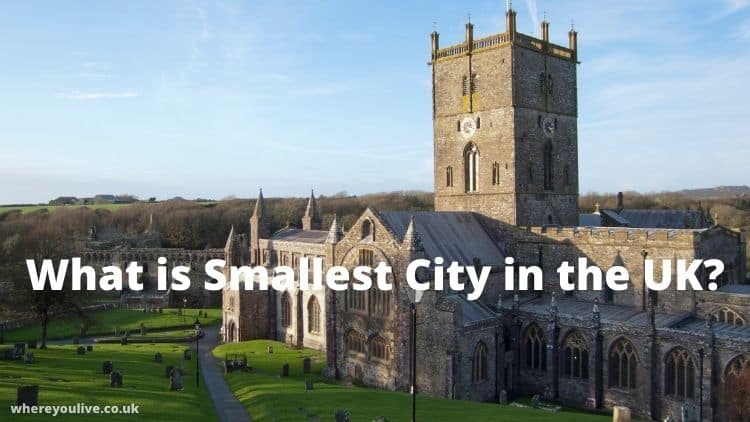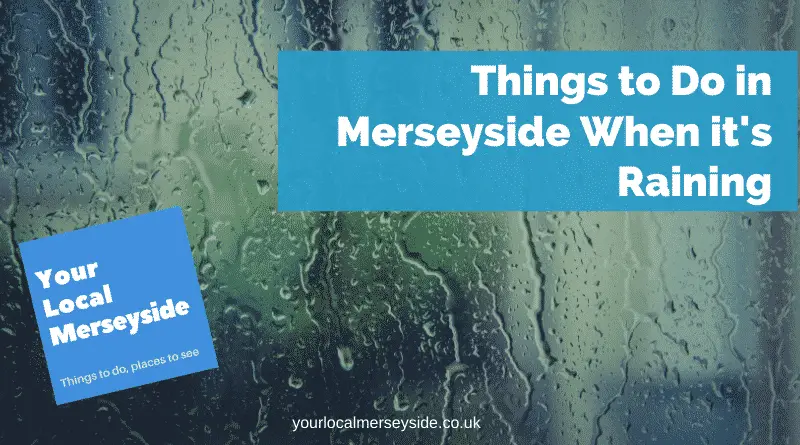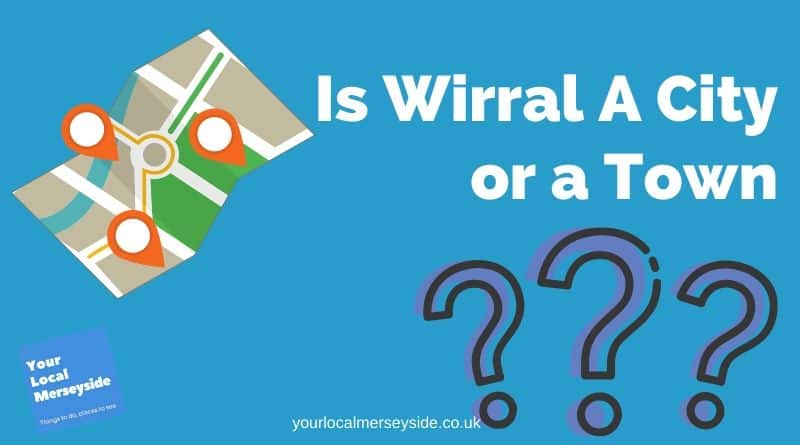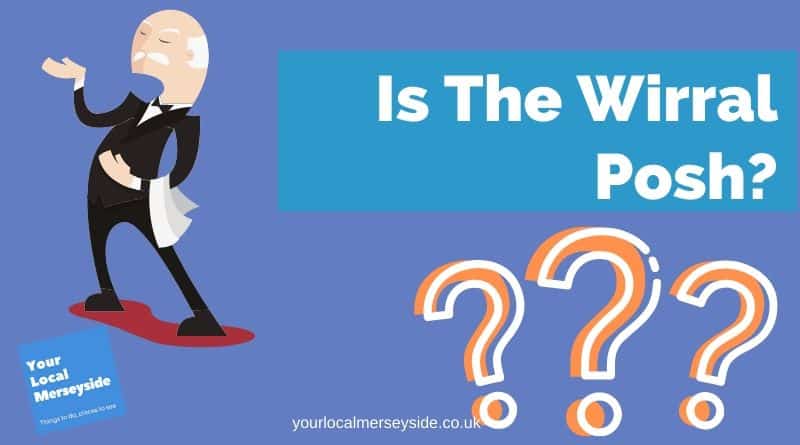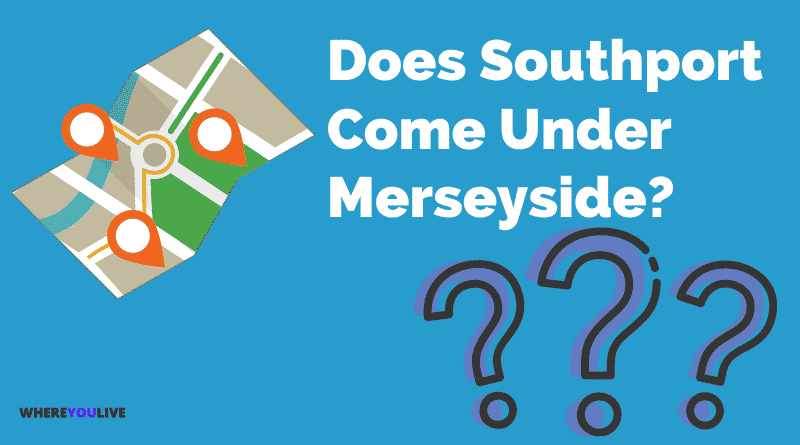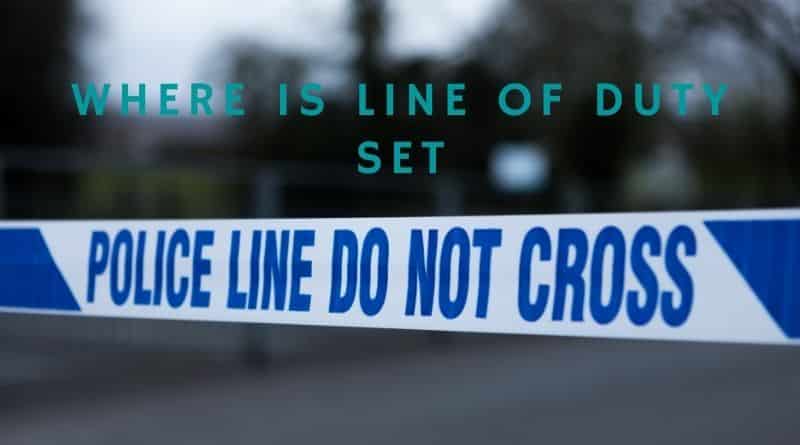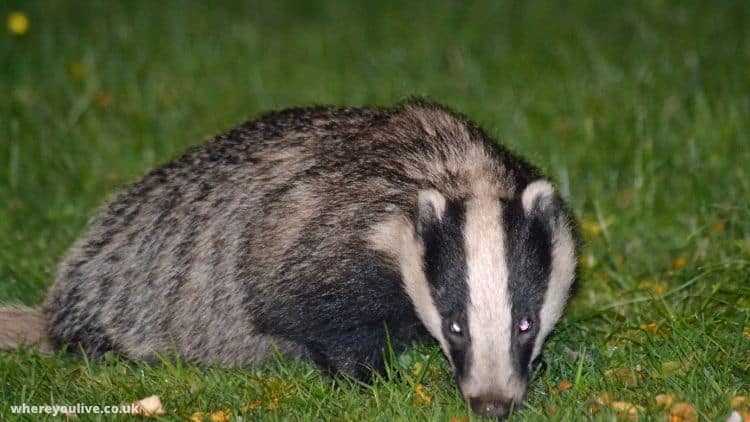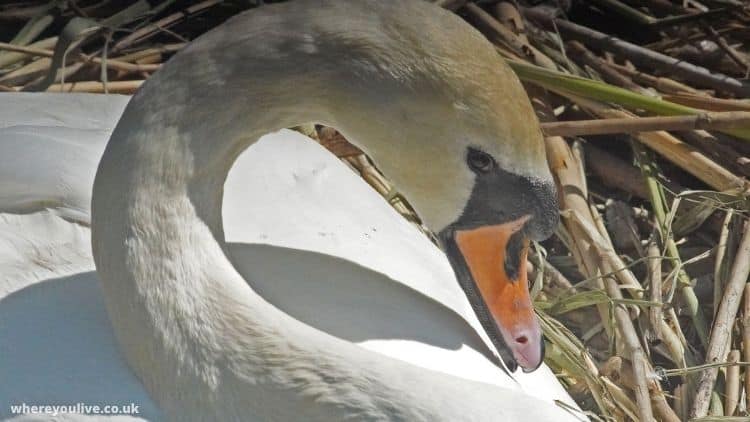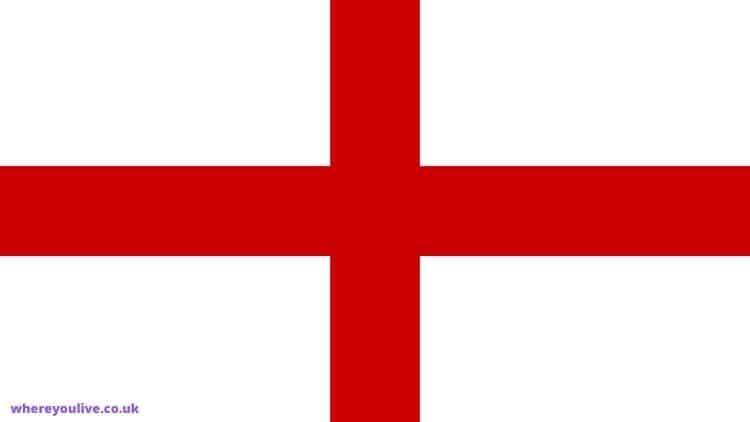What is the smallest city in UK? The smallest city in the United Kingdom in terms of population per land mass is St. David’s, Pembrokeshire, which has a population of just over 1,000 people. It was founded by monks from Ireland and remains one of the smallest places to be granted city status today.
As defined in the census there are different ways that a location can be defined: smallest area, smallest built-up area or smallest local authority district.
- Area (Body): The physically smallest 20 local government areas that have city status.
- Area (Locale): Cities with the smallest same-name built-up area (many cities have much countryside and multiple settlements within their boundaries).
- Census Population: Cities around 100,000 residents and fewer since the 2001 census
Source: https://en.wikipedia.org/wiki/List_of_smallest_cities_in_the_United_Kingdom
St David’s city centre is not very big, but if we look at the whole population for Pembrokeshire and compare to other smallest places, there are many people living in the smallest built-up area.
St. David’s
Saint David is the smallest in population in British history – just above 1,600 in 2011 – and largest in urban area. It is the resting place for Saint David – Saint Wales’ patron saint and named in his honour. It is a resort and educational centre that attracts visitors from all over the world.
It deserved city status for a period 12th century. The city designation was deactivated in 1886 and was restored in 1994 at Queen Elizabeth II’s request. St Davids is the smallest city on the local authorities boundary with the City of London.
The name comes from Tyddewi Or St David in Welsh and the name means David’s house in Welsh. The town is situated on the river Alun in Pembrokeshire.
St David’s has a long history and was founded by Saint David – Wales’ patron saint who lived during the sixth century. The city became an important place for pilgrims to visit his tomb at St David’s Cathedral (nowadays called Church). It deserves the status of a city, according reports from the 12th century, but the town’s charter was deactivated in 1886.
In 2011, the population reached only around 1606 people and it had an area of 0.35 km² – making it the smallest city in Wales and the second smallest in Britain after Maldon in Essex.
Why do cities want to become cities?
More than twenty cities in the UK have applied to be named “city” status which does not confer official benefit. A new city is planned for the Queen’s jubilee.
The definition given to towns in the UK is of the location given city status by the monarch. There are 66 cities in the country. 50 in England, five in Wales, six in Scotland and five in Northern Ireland.
What defines a city?
The definition of a city in the UK is a place that has been granted city status by the monarch. There are 66 cities in the UK – 50 located across England, five each spanning Wales and Scotland, with six more found within Northern Ireland’s borders.
There are several criteria for a town to become a city, but they generally follow the same rules. A settlement must be larger than one square mile (or 640 acres). It should also have an established local government with its own mayor and council or community board. The smallest cities in the UK meet these requirements.
The cathedral requirement has ended in the 19th Century, and many other civic requirements have been eliminated or replaced.
Despite the fact that London is not an official city in the United Kingdom, it is widely acknowledged as such. There aren’t many individuals who would dispute this. The City of London and the City of Westminster are two cities in the UK, but they are not recognized by the government.
Researchers have deemed the economic impact of city status best than those from the regional counterparts in terms of investment and reducing unemployment.
A list of the cities and their population in the UK
| City | Rank (2011) | Census Population | Home Nation | County |
| St Davids | 1 | 1,841 | Wales | Pembrokeshire |
| St Asaph | 2 | 3,355 | Wales | Denbighshire |
| City of London | 3 | 7,375 | England | City of London |
| Wells | 4 | 10,536 | England | Somerset |
| Armagh | 5 | 14,749 | Northern Ireland | County Armagh |
| Bangor | 6 | 16,358[3] | Wales | Gwynedd |
| Ripon | 7 | 16,702[5] | England | North Yorkshire |
| Truro | 8 | 18,766 | England | Cornwall |
| Ely | 9 | 20,256 | England | Cambridgeshire |
| Chichester | 10 | 26,795 | England | West Sussex |
| Newry | 11 | 26,967 | Northern Ireland | County Armagh/Down |
| Lichfield | 12 | 32,219 | England | Staffordshire |
| Salisbury | 13 | 40,302 | England | Wiltshire |
| Lisburn | 14 | 45,370[13] | Northern Ireland | County Antrim/Down |
| Stirling | 15 | 45,750 | Scotland | Stirling |
| Perth | 16 | 46,970[10] | Scotland | Perth & Kinross |
| Hereford | 17 | 58,896[14] | England | Herefordshire |
| Inverness | 18 | 61,235[16][17] | Scotland | Highland |
| City of Chester | 19 | 79,645[24] | England | Cheshire |
| Derry | 20 | 85,016 | Northern Ireland | County Londonderry |
| City of Bath | 21 | 88,859 | England | Somerset |
| Lincoln | 22 | 93,541 | England | Lincolnshire |
| City of Durham | 23 | 94,375 | England | County Durham |
| Worcester | 24 | 98,768 | England | Worcestershire |
| City of Carlisle | 25 | 107,524 | England | Cumbria |
| City of Winchester | 26 | 116,595 | England | Hampshire |
| City of Canterbury | — | 151,145 | England | Kent |
| City of Westminster | — | 219,396 | England | Greater London |
In conclusion
The smallest city in the UK is St. David’s with a population of just over one thousand people and it was founded by monks from Ireland. There are different ways that a location can be defined including the smallest local authority district, smallest built-up area and smallest city/town

